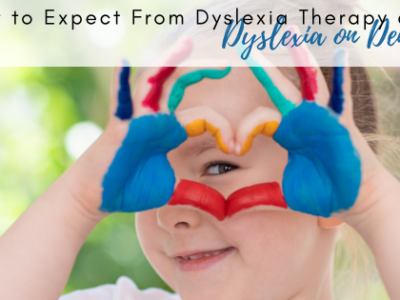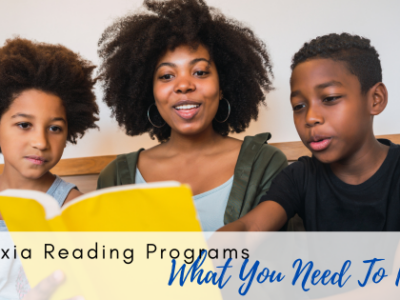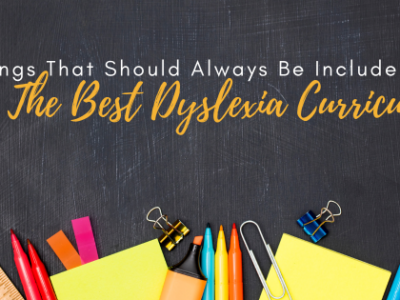
Struggling Readers: How a Better Dyslexia Curriculum Could Benefit Everyone
In recent years, the issue of dyslexia and children struggling to read has become increasingly prevalent. A report on fourth grade reading levels in 2019 showed that 38 percent of students read at a below basic level, a number much higher than in years past. Numbers like these are showing a growing trend of children not getting the instruction they need.
Because of school system flaws and teachers unequipped for struggling readers, dyslexic kids often don’t receive the dyslexia curriculum they need to succeed in reading.
Most schools and teachers are unequipped to handle struggling readers
Unfortunately, schools’ hands are tied by available resources. Dyslexia testing either requires the hiring or training of an evaluator, something most schools don’t have the money for. Same goes for interventions, and while there are systems in place currently, they don’t test for dyslexia and are ineffective at treating it.
A big result of this is an underprepared teaching force. Elementary school teachers, the first line of defense when it comes to recognizing kids with dyslexia, are the most underprepared for such a role. They’re just not taught to recognize it. By far though, the biggest problem is the current system of reading instruction.
Studies have shown that the number of children reading below grade level has steadily risen over the years. Many believe the cause is the prevalence of the balanced literacy approach to reading instruction. In a nutshell, balanced literacy emphasizes learning to read through experience. Proponents believe that every child should develop a love of reading.
This has been and is the common method of teaching reading. If we take a look at the kids who struggle in these classrooms however, cracks begin appearing in the approach. Among the many identified issues, balanced literacy teaches poor phonemic awareness, focuses on the general meaning of a text rather than the accuracy of the words, and encourages pure memorization of high frequency words. This ultimately pushes struggling kids through the cracks.
Even if a teacher does provide a dyslexia curriculum, it’s usually taught in a group setting. This is ineffective since, just like in the traditional class, some kids will perform well and lose interest and others will fall behind.
But there are dyslexia curriculum solutions
So if the current system is failing dyslexic and struggling readers, what can be done to correct it? Let’s rewind to the balanced literacy approach. In reality, this is only one of two schools of thought when it comes to teaching reading.
The other less common approach is called structured literacy and it emphasizes reading as a skill. In contrast to balanced literacy, structured literacy teaches phonemic awareness in a systematic way, corrects kids on individual words in a passage, and teaches high frequency words to be decoded by their phonic patterns.
This is not just a dyslexia curriculum. The approach builds core reading skills that any student can benefit from. Programs — Like Dyslexia On Demand — are emerging to expand treatment opportunities and bring more Certified Language Therapists to students.
Structured literacy is becoming more common and well known. All of this will help push structured literacy and other opportunities forward for children who struggle to read.
Our current teaching system for reading is flawed. People are becoming increasingly aware of how many children struggle to read. It’s an issue that won’t disappear overnight. So how do we solve this? The first step is to learn more. Here at Dyslexia On Demand, we’re more than happy to help. Our website contains a wealth of detailed information on dyslexia. If you have a specific question, call us at 888-292-3906 or email info@dyslexiaondemand.com.







